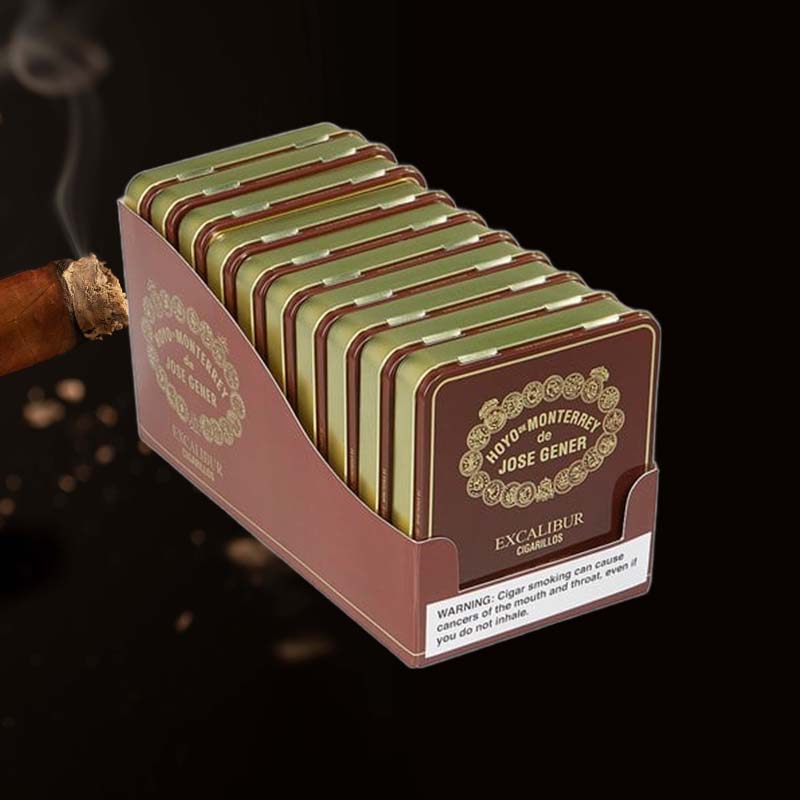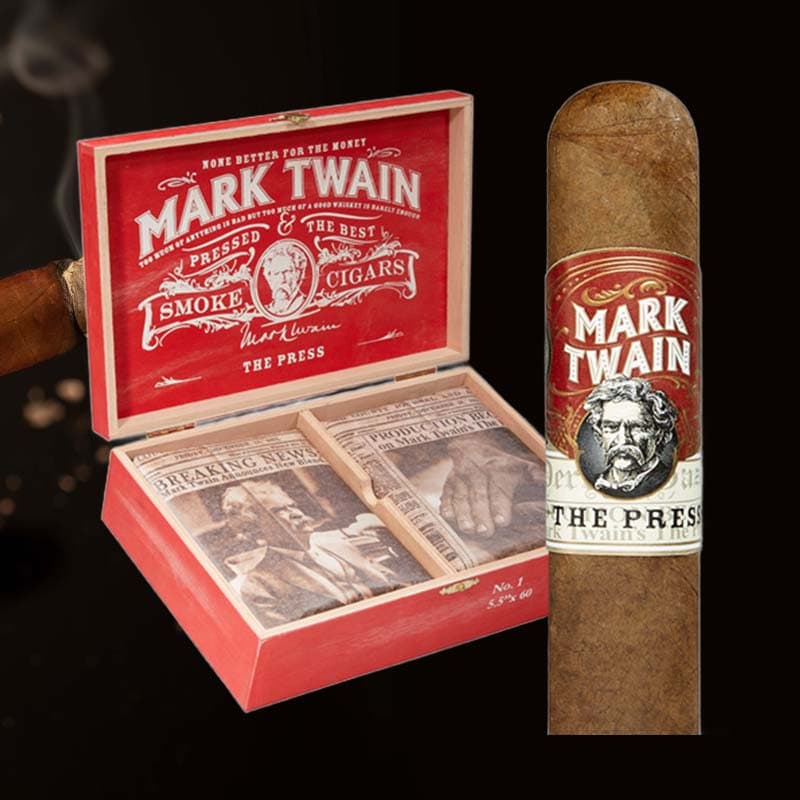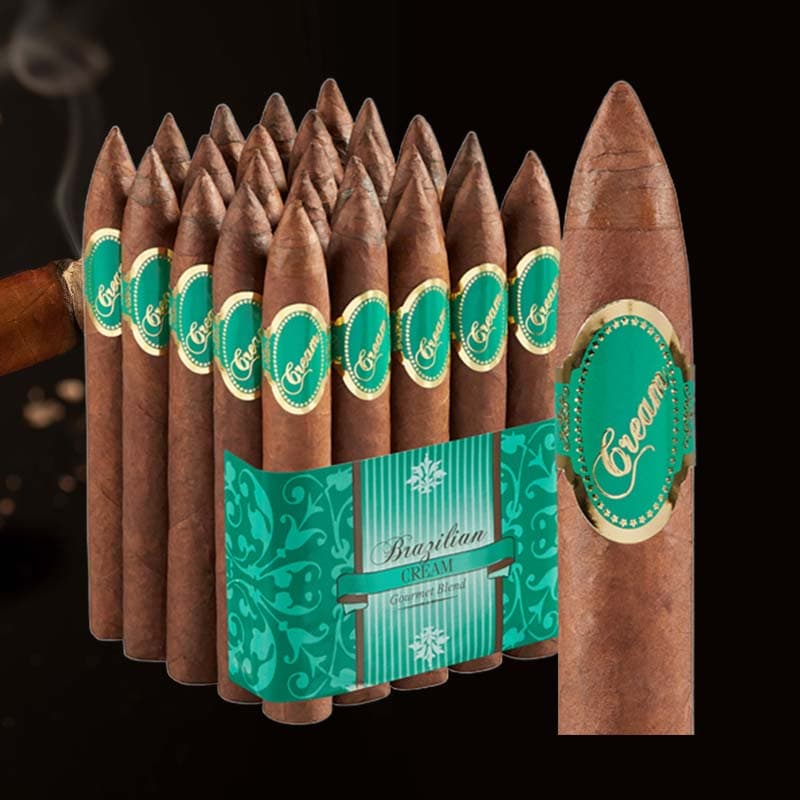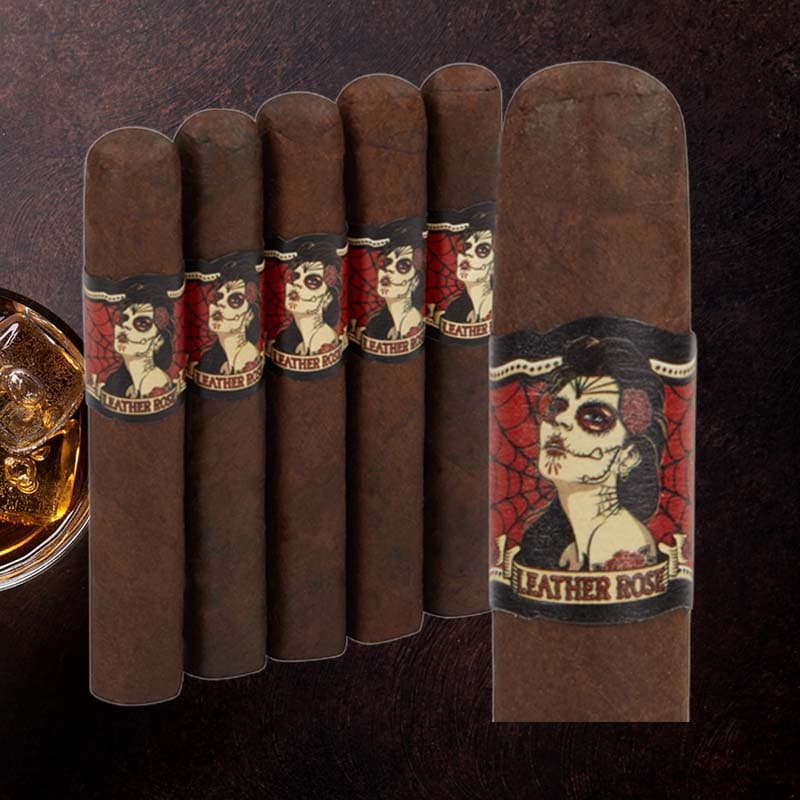How to fill a jet torch lighter
How to Fill a Jet Torch Lighter
As an aficionado of fine cigars, I can’t underestimate the importance of a reliable jet torch lighter. There’s something satisfying about lighting up my favorite cigar, bringing forth the rich aromas and flavors. But when that lighter runs out of fuel, the anticipation can quickly turn into frustration. In my experience, learning how to properly fill a jet torch lighter has saved me from many a smoke-less moment. Allow me to share this essential skill with you!
Tools You Need to Refill Your Jet Torch Lighter
Before diving into the step-by-step process, it’s important to gather the necessary tools. Here’s what I always keep on hand:
- A can of high-quality butane fuel
- A flat, stable surface to work on
- A cloth or paper towel to catch any spills
- A pen or small pointed object for adjustments
Step-by-Step Guide to Filling Your Jet Torch Lighter

1. Prepare Your Work Area
First things first—ensure you have a clean, dry, and well-lit surface. Trust me, a clutter-free area helps avoid any mishaps while refilling. I prefer to do this outdoors or near an open window to help disperse any butane fumes.
2. Allow the Lighter to Cool
Before filling, I always make sure the lighter has cooled down, especially if I’ve just used it. This prevents any unwanted ignition while I’m refueling.
3. Adjust the Flame to Minimum
Next, it’s crucial to turn the flame adjustment screw to its lowest setting. This step ensures that when I refill, the butane can fill the lighter more efficiently, and there won’t be an explosion of flame when I ignite it again.
4. Release Any Remaining Butane
I then use a small tool to press down on the fuel valve; this allows any remaining butane to escape. I like to do this outside because, you know—better out than in!
5. Choose the Right Butane Fuel
My go-to is always a high-quality butane. Cheaper fuels can often contain impurities that clog the lighter’s mechanism. Investing in a good quality butane ensures my lighter performs well and lasts longer.
6. Refill the Lighter with Butane
Now comes the exciting part! Holding the lighter upside down, I insert the butane nozzle into the lighter’s refill valve and press down firmly. I’ll give it a quick burst of fuel, usually lasting about 5-10 seconds until the lighter feels full, which I can gauge by a slight chill on the outside.
7. Allow the Lighter to Rest
Patience pays off! I set my lighter aside for a minute or two. This short wait allows the butane to stabilize, preventing erratic flame behavior when I try to ignite it again.
8. Adjust the Flame Height
Now it’s time to fine-tune the flame to my preference. I slowly turn the adjustment screw until I find that right balance between a perfect flame for lighting my cigar, which I find so satisfying.
9. Test the Ignition
Finally, I give the ignition a try. Nothing beats that satisfying whoosh sound of a well-refueled jet lighter. If everything goes well, I’m ready to enjoy my cigar!
Common Mistakes to Avoid When Refilling

Overfilling the Lighter
Trust me, overfilling creates a high-pressure situation that can lead to erratic performance. Just like a perfectly crafted cigar, moderation is key in refilling!
Filling While Ignited
This mistake is a no-brainer! Filling while the lighter is ignited can lead to dangerous flare-ups. Always ensure it’s off first!
Using Poor Quality Butane
To maintain my lighter’s longevity, I strictly avoid cheap brands with unknown additives—they can ruin the performance and lifespan of my lighter.
Safety Considerations

Working in a Ventilated Area
Always refill in a well-ventilated area. Butane fumes can be harmful, so a fresh breeze keeps things safe while I work.
Avoiding Flammable Materials
Surrounding my work area with flammable materials is a risk I never take. I make sure I’m at a safe distance from anything that could catch fire!
Troubleshooting Your Jet Torch Lighter
Lighter Not Igniting After Refilling
If your lighter refuses to ignite post-fill, don’t worry! It could be that you haven’t allowed it enough time to stabilize after refueling. I let it rest a little longer to see if that solves it.
Uneven Flame Issues
An uneven flame typically indicates there’s air trapped inside the lighter. I repeatedly purge the lighter until it burns evenly—a simple fix that works wonders.
Gas Leaks: Signs and Solutions
Should you smell butane or hear hissing sounds, it indicates a leak. I check fittings and seals and replace cracked parts if necessary, prioritizing safety at all times.
Maintaining Your Jet Torch Lighter

Regular Cleaning Tips
I regularly clean my lighter using a soft cloth and isopropyl alcohol to maintain its performance. Keeping it clean ensures it lights up every time.
Storage Recommendations
When not in use, I store my lighter in a cool, dry place. Avoiding extreme temperatures helps prolong its life, ensuring I’m always ready for my next smoke.
Conclusion
Final Thoughts on Refilling Your Jet Torch Lighter
Refilling my jet torch lighter is a simple yet essential skill that has kept my cigar moments enjoyable. By following these steps and avoiding common mistakes, I find that I’m both prepared and safe. Remember, the joy of a great cigar begins with a reliable flame—make sure yours is always ready when the moment calls!
FAQ

How do you put lighter fluid in a jet lighter?

I use butane specifically designed for jet lighters, following the steps highlighted above to avoid any mishaps while refilling.
How do you refill a JetLine torch lighter?

The refill process for a JetLine torch lighter is similar to other jet lighters—ensure cooling, purge residual gas, and refill with suitable butane.
How do you refill a Jet Clipper lighter?
Refilling a Jet Clipper lighter follows the same standard procedure: cool it down, release any leftover gas, and refill carefully.
What is the proper way to fill a torch?

The proper method involves ensuring a cooled lighter, purging it of old gas, using quality butane, and adjusting the flame afterward.





